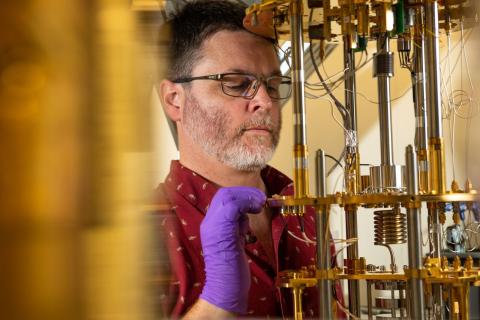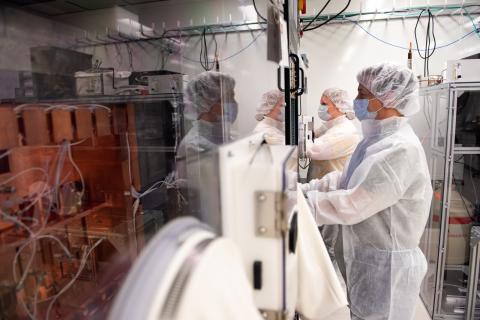Physical Detection Systems
and Deployment Division
Physical Detection Systems
and Deployment Division
The mission of the Physical Detection Systems and Deployment Division is to discover, develop, and deploy physical detection systems – domestically and in more than 100 countries around the globe. We steward deep subject matter expertise in physics, materials science, engineering, and project execution. We integrate these disciplines to transition technology into operational environments.
 |
We discover:
|
 |
We develop:
|
 |
We deploy:
|
We make national security technologies work in the real world and we apply real world missions to drive national security technology evolution.